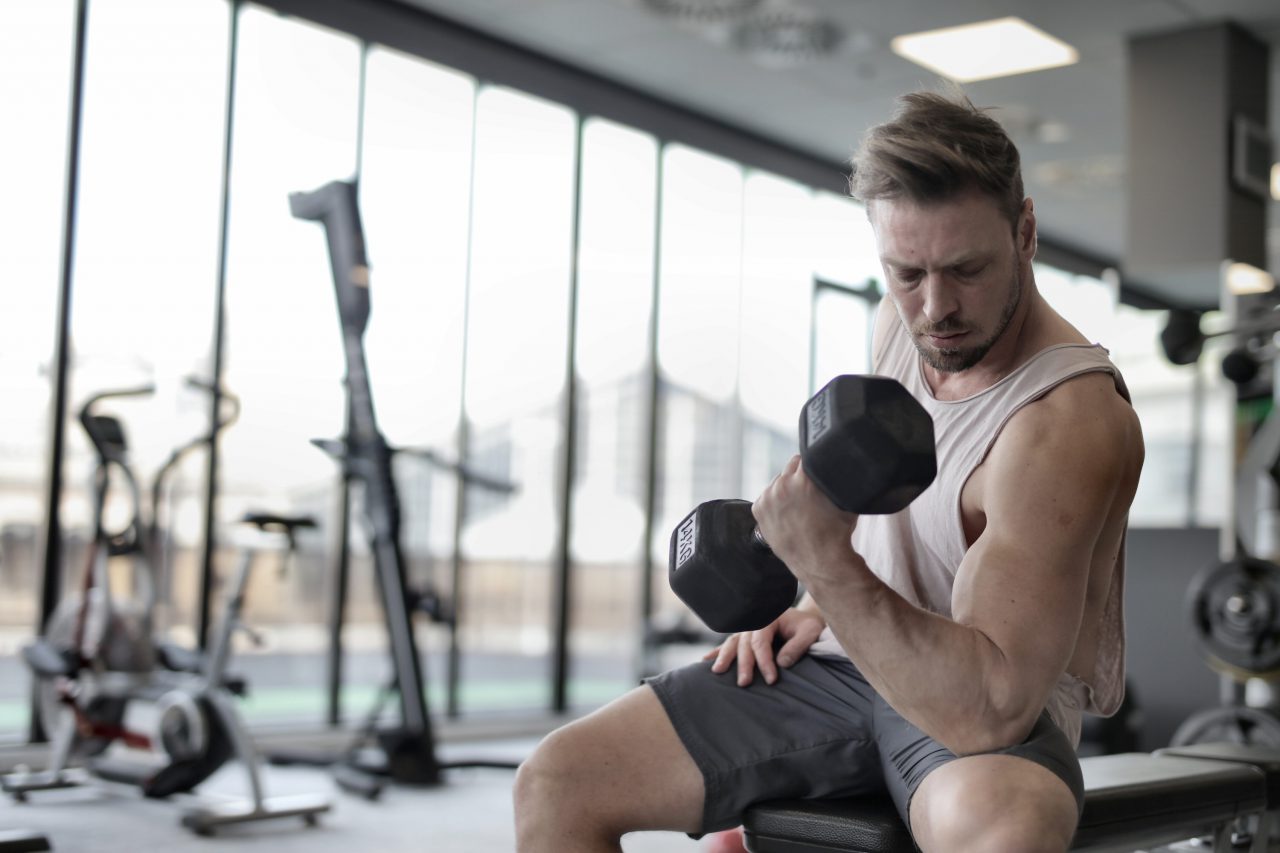
A great way to keep in shape, lose weight, become stronger, and build muscle is, of course, exercise.
Also, studies show that exercising a few times a week is beneficial for mental health, too; it can even prevent and help with depression. While everyone has their own reasons for exercising. However, many head to the gym to work out because they want to build muscle.
By combining certain exercises, such as weight lifting, and eating right, you can improve
your muscle mass. In this article, we will look at: How you can develop skeletal muscles. What foods to eat to feed your muscles. When to rest, recover, and stretch.
How does a muscle grow?
When a person continually challenges the muscles by doing resistance or weighted
exercises, muscle size increases. This process is called hypertrophy, which occurs when the
fibers of the muscles sustain damage. As the body repairs damaged fibers by fusing them,
the mass and size of muscles increases. By performing resistance exercises, for instance,
you cause micro-tears in your muscle fibers. The body then repairs them by using protein
you get from food.
Do males and females grow muscle differently?
According to Medical News Today, multiple factors, such as genetics and the level of
estrogen and testosterone in the body, can partially determine how fast a person develops muscle. However, regardless of biological sex, the rate of muscle growth is different for
people with different body types.
Each body type requires a different approach for building muscle. Both males and females
can have one of the body types listed below. Medical News Today describes the three
different body types as such:
● Mesomorphic: People with this body type tend to be muscular and generally build
muscle mass far more quickly than people with other body types.
● Ectomorphic: This term describes a slim or straight frame. Ectomorphs have a lower
chance of building muscle mass, but can increase their strength through resistance
training.
● Endomorphic: This body type is more rounded or curvy. People with an endomorphic
body can build muscle most effectively through strength training.
Regardless, sports scientist Dr. Tony Boutagy (interview with Australian news service ABC)
points out a few traits that are more pronounced in males, thus making muscle growth easier
in men. These factors include, for instance, a larger muscle mass, higher levels of
testosterone, and tighter joints.
Build muscle through exercise
People’s age, sex, and genetics affect the rate of muscle growth. But muscle development
significantly increases, if exercise is consistent, challenging, and long-term. According to
research, adequate rest after exercise also plays a key factor in the rate of muscle growth.
While the best type of exercise to build muscle is strength training, such as weight-lifting,
cardiovascular activity can also have its benefits.
According to the Physical Activity Guidelines for Americans 2015–2020, “adults should
engage in muscle-strengthening exercises that involve all major muscle groups at least twice
weekly.”
Strength and resistance training includes, for instance:
- Lifting free-weights
- Using stationary machines (such as leg extension or shoulder press machines)
- Resistance band exercises
- Body weight exercises (squats, push-ups, pull-ups, lunges, to name a few)
Strength training and aging
With age, people experience limited mobility and other skeletal muscular issues. For
instance, osteoporosis or osteoarthritis. Regular resistance or strength training exercises
can help prevent these issues. In addition, strength training can be beneficial to prevent an
injury or aid in recovery. So, it is recommended for older people, too, to remain physically
active.
The role of cardiovascular activity in muscle growth
Aerobic activity or “cardio,” cardiovascular exercise benefits the heart and respiratory
system. Doing cardiovascular exercises is important for overall health and wellbeing.
Currently, the guidelines recommend that adults participate in 150 minutes of moderate-intensity physical activity weekly.
It is commonly believed that aerobic exercise does not help in muscle growth, but recent
research does not agree. Doing cardiovascular activities regularly can help support muscle
growth and function. In addition, it increases overall fitness levels.
Rest and muscle growth
Rest and recovery play a vital part in building muscle. The idea of muscle growth is based on
causing micro-tears in the muscle fibers, which are then repaired. This results in muscle
growth. Constant damage to the muscles without rest does not give your muscle time to
repair itself. Not only does insufficient rest cause a decrease in fitness progression, but it also
increases the risk of injury.
Sleeping enough is also an important part when attempting to build muscle. It has been
hypothesized that insufficient sleep can decrease protein synthesis, which is partially
responsible for the loss of muscle mass. This also inhibits muscle recovery.
The checklist for muscle growth
If your goal is to build muscle, remember the following:
- Strength-training, such as weight-lifting, tears muscle fibers that are then repaired.
This grows your muscles. - Getting enough protein in food or supplements is important for muscle growth
- Resting, recovery, and adequate sleep are key elements in muscle growth
- If you are unsure about how you should start your fitness journey, contact a personal
trainer.
Walms World Of Fitness



